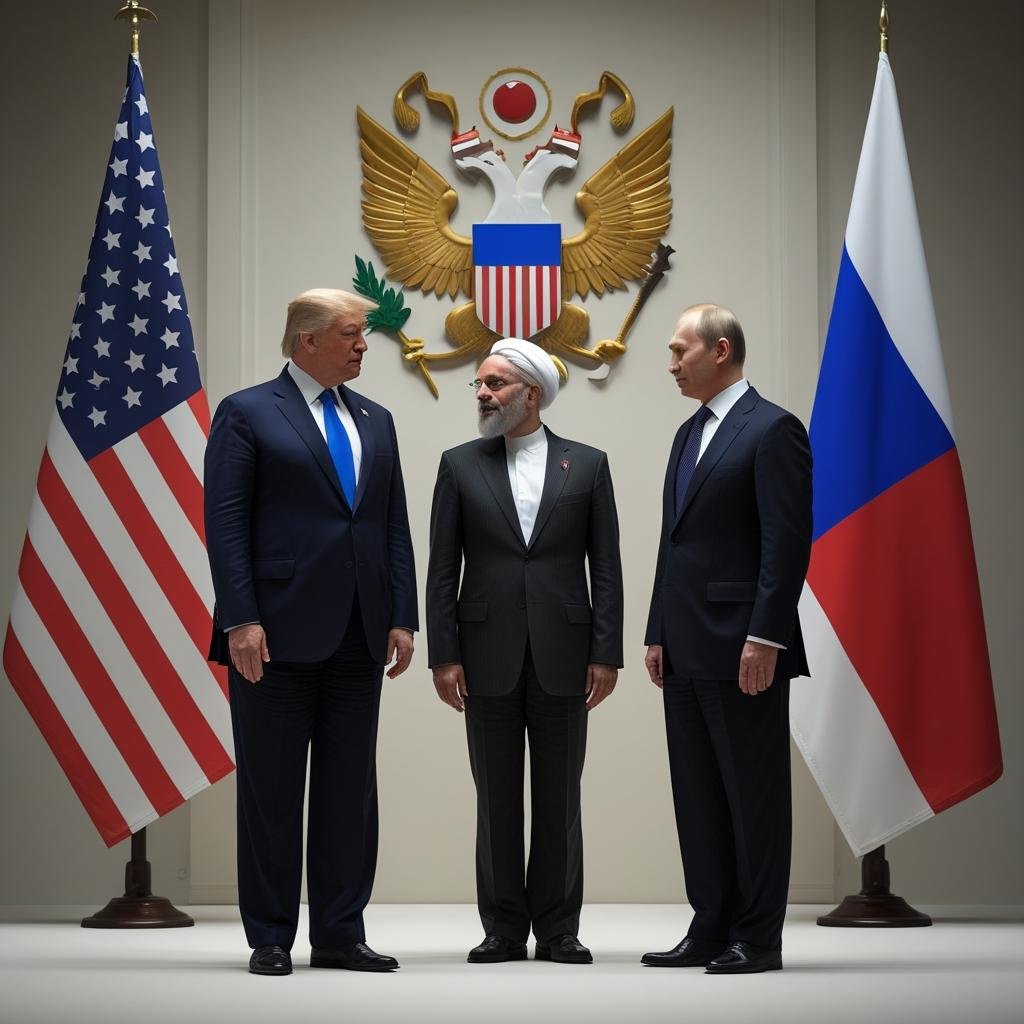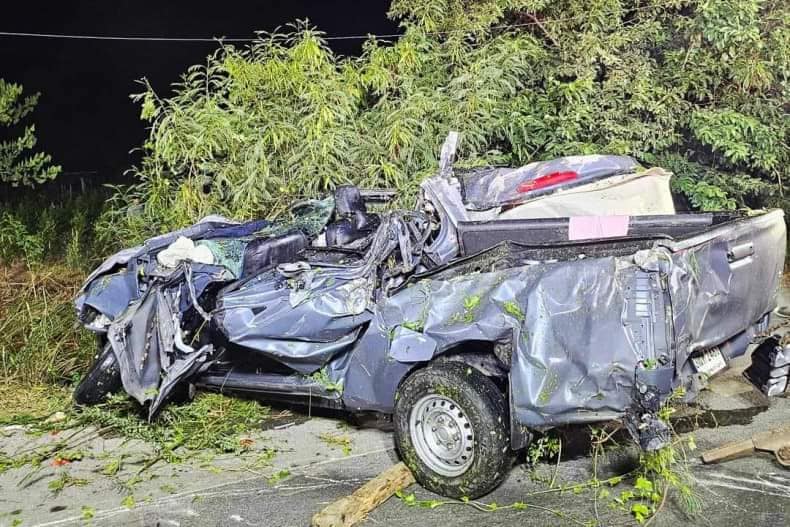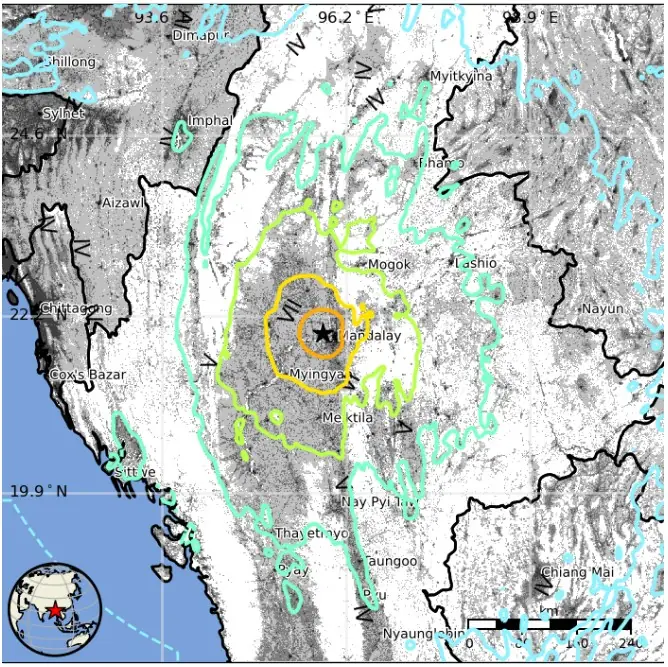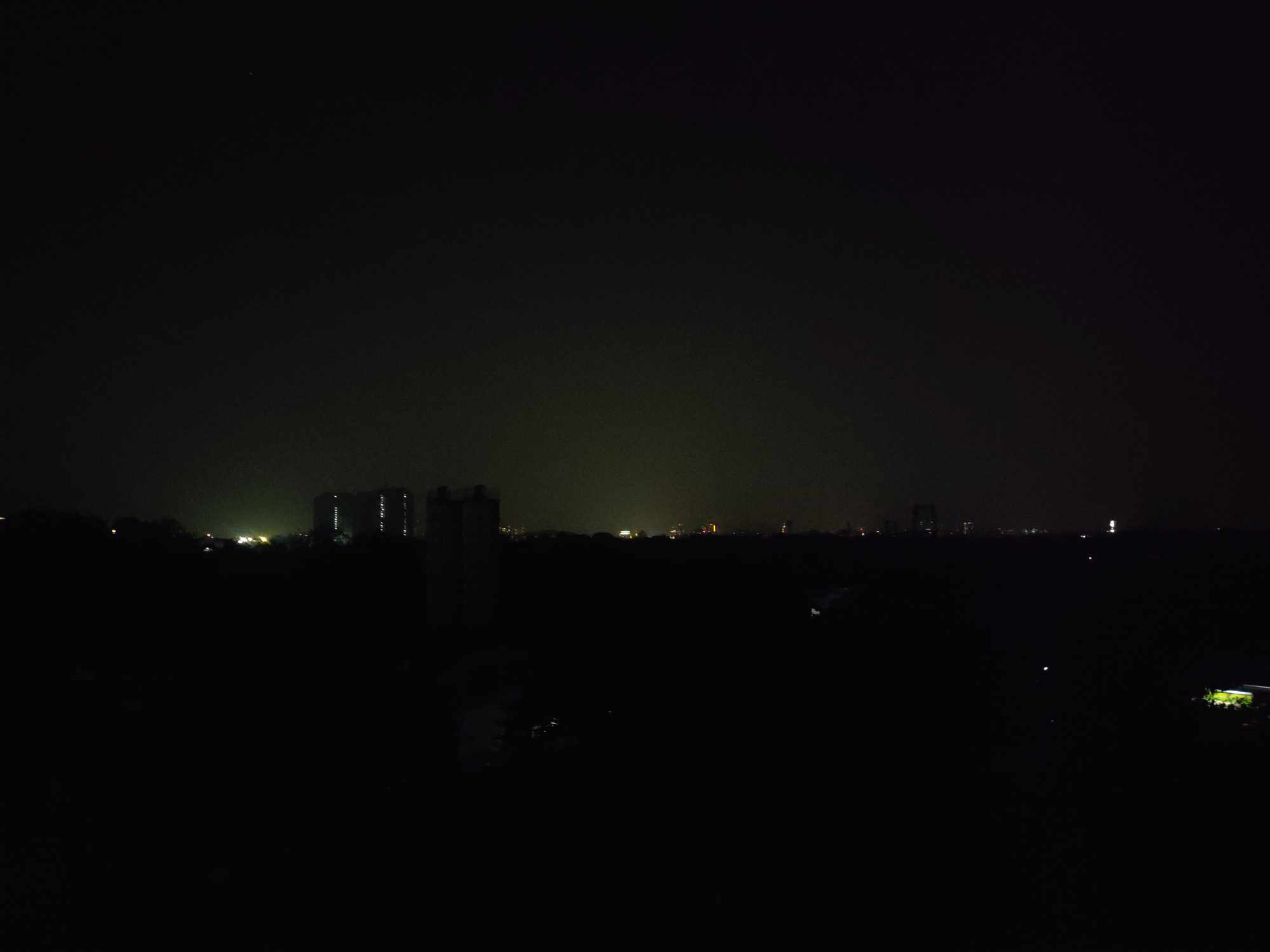Intelligence Report
Iran's Nuclear Program Post-US Strikes: An Assessment of Relocation, Impact, and Future Trajectories
Executive Summary
Credible reports and explicit claims by Iranian officials indicate that Iran likely undertook significant preemptive measures, relocating highly enriched uranium stockpiles and potentially other critical components to undisclosed or hardened locations prior to the recent American military attacks. This strategic maneuver, coupled with Iran's existing non-cooperation with international oversight bodies, has severely hampered the International Atomic Energy Agency's (IAEA) ability to monitor the country's nuclear program, resulting in a "lost continuity of knowledge" regarding key aspects of its nuclear activities.
The recent American strikes, while causing physical damage to declared nuclear sites, have yielded ambiguous results. Evidence suggests that Iran's inherent resilience, deeply ingrained strategic doctrines of dispersal and hardening, and an intact pool of technical expertise mean that a total dismantling of its program through military means is unlikely. The long-term outlook suggests that these strikes will likely delay, rather than eliminate, Iran's nuclear ambitions, potentially strengthening its resolve to pursue a nuclear deterrent.
Introduction: The Geopolitical Context
The Middle East has recently witnessed a sharp escalation in tensions, culminating in direct American military intervention against Iran's nuclear infrastructure. This intervention followed an initial series of Israeli strikes that commenced on June 13, 2025. On June 22, 2025, the United States joined the conflict, deploying B-2 stealth bombers armed with GBU-57 Massive Ordnance Penetrator (MOP) bunker-buster bombs in what was termed "Operation Midnight Hammer".
The stated objectives were to "destroy Iran's nuclear program" and prevent Tehran from acquiring a nuclear weapon. The primary targets included Fordow, Natanz, and Isfahan, three of Iran's most significant nuclear facilities.
Deep Dive Analysis
Iran's Strategic Doctrine: Dispersal, Hardening, and Passive Defense
Iran's approach to national security is deeply rooted in a doctrine shaped by historical conflicts. A cornerstone is "passive defense," which evolved into "Mosaic Defense." These principles underscore a strategic imperative for resilience against overwhelming conventional military power through extensive decentralization and dispersal of critical assets. Complementing dispersal, Iran has invested heavily in hardening its nuclear sites, such as burying the Fordow facility deep inside a mountain, making these facilities extremely difficult to destroy.
Preemptive Measures: Evidence of Nuclear Material Relocation
Prior to the American attacks, there were clear indications from Iranian officials regarding the relocation of sensitive nuclear materials. The Atomic Energy Organization of Iran and IRGC Major General Mohsen Rezaei explicitly stated that Iran had "evacuated the sites some time ago and transferred enriched uranium reserves". This is supported by IAEA reports noting they had "lost track of Iran's stockpile of highly enriched uranium" preceding the strikes. Such material is compact and easily transportable, making relocation a feasible and logical defensive strategy.
| Material Relocated | Source of Claim | Timing | New Location |
|---|---|---|---|
| Highly enriched uranium | Iranian officials, IAEA, analysts | Before attacks | Undisclosed, hardened sites |
| Enriched uranium reserves | Iranian officials | "Some time ago" | "A secure location" |
| General nuclear material | Iranian officials | Before US strikes | Removed from targeted sites |
The IAEA's Diminished Oversight
The IAEA's ability to verify Iran's activities has been significantly hampered. Iran's withdrawal of inspectors and cessation of the Additional Protocol implementation have led to a "lost continuity of knowledge" regarding centrifuge production and inventories. The military strikes have further complicated monitoring, degrading tools like environmental sampling. Consequently, the IAEA is unable to verify the location and quantity of Iran's highly enriched uranium, creating a significant "blind spot" and escalating proliferation risk.
Assessing the Impact: Damage to Nuclear Facilities
"While President Trump asserted the sites were 'completely and fully obliterated,' independent analyses and satellite imagery present a more nuanced picture, raising questions about the true extent of the damage."
Satellite images of Fordow and Natanz show new craters but do not offer conclusive evidence of breaches to the underground enrichment halls. Experts express doubt about the effectiveness of bunker-buster bombs against facilities buried nearly 100 meters deep. The IAEA reported no significant radiological releases, which could indicate either that containment held or that materials were indeed relocated.
Conclusion: An Evolving Landscape of Uncertainty
The analysis indicates that Iran likely implemented preemptive measures to relocate sensitive nuclear materials, consistent with its long-standing strategic doctrine. While the strikes caused damage, Iran's inherent resilience and intact technical expertise suggest its program has been delayed, not eliminated. The persistent monitoring challenges mean the IAEA's ability to provide assurance of peaceful use remains diminished, creating a substantial blind spot for the international community.
This evolving situation presents complex strategic dilemmas for all actors. The recent military actions have not provided a definitive resolution but have instead reshaped the strategic landscape, making verification harder and potentially strengthening Iran's long-term resolve to develop a nuclear deterrent. The situation remains highly uncertain, with a difficult path ahead for diplomacy and security.











